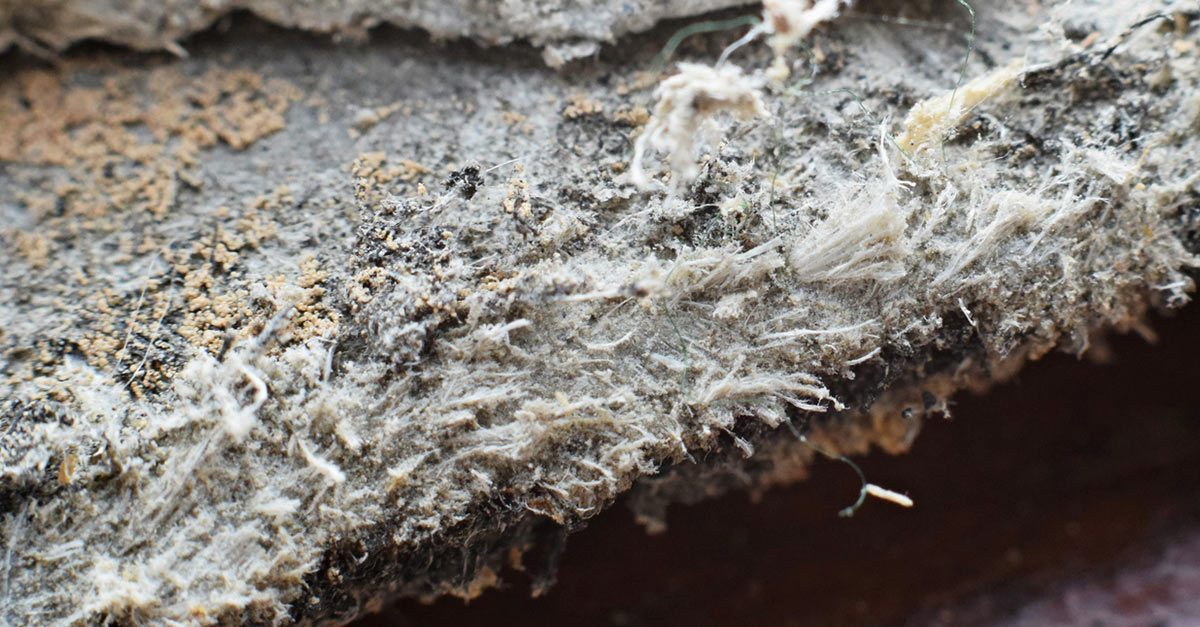Get A Free Legal Consultation
- We fight to maximize your results
- Many clients get results in as few as 90 days
- No out-of-pocket costs for you or your family






Testicular mesothelioma is an aggressive cancer caused by asbestos exposure. It starts in the lining of the testicles. Like pericardial mesothelioma, it is far less common than peritoneal and pleural mesothelioma, but it still can be deadly without treatment.
At Simmons Hanly Conroy, our mesothelioma attorneys have decades of experience fighting on behalf of asbestos exposure victims, including patients with testicular mesothelioma.
Call (800) 326-8900 now for a free legal consultation to see if our team can help your family too.
Testicular mesothelioma is a type of cancer that develops in the tissue surrounding the testicles (the tunica vaginalis). It’s often initially detected as a scrotal mass or swelling.
One of the least common types of this cancer, testicular mesothelioma accounts for less than 1% of all mesothelioma cases.
Like other types of mesothelioma, testicular mesothelioma is caused by exposure to asbestos, a cancer-causing mineral used throughout the 20th century in a variety of construction materials and products.
When asbestos-containing products are disturbed or used, they may release microscopic fibers into the air, which may then be inhaled or ingested by those nearby.
Once lodged in the body, asbestos fibers cause irritation in the lining of certain organs, including the testicles. Over 10-50 years, this irritation mutates normal cells and causes cancerous mesothelioma tumors to form.




Symptoms of testicular mesothelioma might not appear until decades after asbestos exposure. Worse, the symptoms might not even be noticeable at first.
Common testicular mesothelioma symptoms include:
Confirming a testicular mesothelioma diagnosis before the cancer spreads is crucial, as you may have more treatment options available to live longer.
Receiving a diagnosis may involve doctors:
During a testicular mesothelioma biopsy, a health care team removes tissue or fluid from the suspected tumor and sends it to the lab to see if mesothelioma cancer cells are present.
Because there aren’t a lot of symptoms of testicular mesothelioma — and when patients do have symptoms, they’re often mild — it can be difficult to diagnose testicular mesothelioma at first.
As a result, many people with testicular mesothelioma may be misdiagnosed with a less severe condition.
Common testicular mesothelioma misdiagnoses include:
If you believe you may have testicular mesothelioma but were misdiagnosed, be sure to seek a second opinion from another doctor to confirm your diagnosis.
Though all forms of mesothelioma can be deadly and are very aggressive, testicular mesothelioma patients often have a decent prognosis (projected health outcome). Treatments may help these patients live longer.
The average life expectancy for testicular mesothelioma patients is 46.7 months or nearly 4 years. The 5-year survival rate (which is the percent of patients still alive after 5 years) for this cancer is 49%.


The type of treatment a person may receive for testicular mesothelioma may depend on a number of factors, such as their age, health at time of diagnosis and more.
If you are diagnosed with testicular mesothelioma, you may receive any of the following mesothelioma treatments.
The most common treatment for mesothelioma of the testes is a surgery called an orchiectomy. During this surgical resection, the doctors remove the affected testicle, the spermatic cord, and all of the cancer.
If the cancer has spread to nearby lymph nodes, the care team will also perform an additional surgery to remove them.
In some cases, doctors will also use adjuvant chemotherapy to help testicular mesothelioma patients. Chemotherapy works to kill existing mesothelioma cancer cells and shrink tumors. Adjuvant chemotherapy is given after surgery to prevent the cancer from returning.
Commonly used chemotherapy drugs to treat testicular mesothelioma include pemetrexed and cisplatin.
Doctors may also offer radiation therapy to kill mesothelioma tumors and prevent recurrence (return). Radiation uses intense beams of energy to damage the cancer cells’ ability to divide.
Doctors are currently studying how effective radiation is in treating testicular mesothelioma when combined with other therapies.


Because asbestos companies knew the risks of the toxic mineral but used it anyway, families affected by mesothelioma diseases can take legal action to hold the companies accountable and seek much-needed compensation for treatment.
It may be possible to get compensation from multiple sources, including:
If you or a loved one was diagnosed with mesothelioma, call (800) 326-8900 now. You may be eligible for compensation that we can pursue on your behalf.
Over the last 20 years, Simmons Hanly Conroy has recovered more than $9.3 billion in results for thousands of mesothelioma patients and their families nationwide.
A few of our many mesothelioma settlements and verdicts include:
for a mechanic and construction worker in Indiana with testicular mesothelioma
for an Arizona elementary school employee with testicular mesothelioma
for a Wisconsin lumberyard worker with testicular mesothelioma
for a Minnesota laborer and rifleman in the U.S. Marine Corps with testicular mesothelioma
There’s never a guarantee of compensation in any case, and results will vary based on the unique details of each claim. Our mesothelioma lawyers will fight to get you the most money as quickly as possible.


Receiving a testicular mesothelioma diagnosis can be overwhelming, and treatments can be costly. Fortunately, Simmons Hanly Conroy is here to help.
The mesothelioma attorneys, staff members and registered nurses at our law firm are committed to helping families affected by asbestos-related illnesses like mesothelioma get justice.
As one of the country’s leading mesothelioma law firms, Simmons Hanly Conroy has secured over $9.3 billion for mesothelioma patients and their families nationwide.
Call (800) 326-8900 now for a free consultation to learn more about your legal options.
Common symptoms of testicular mesothelioma are swelling, fluid buildup, and a buildup of mass in the scrotum.
However, it can take 10-50 years for symptoms to develop after initial exposure to asbestos.
There have only ever been a few hundred cases of testicular mesothelioma reported. A 2019 study published in the journal Environmental Health found that there had only been 289 cases reported.
An Annals of Epidemiology report noted that just 52 cases of testicular mesothelioma were documented in the United States between 1973 and 2013.
Mesothelioma doctors usually treat testicular mesothelioma with surgery to remove the tumors. They may follow up surgery with additional chemotherapy or radiation therapy to prevent the cancer from coming back.
At Simmons Hanly Conroy, we have a team of registered nurses on staff who can help you find a mesothelioma specialist or understand your treatment options.
Call (800) 326-8900 now to learn more. It costs nothing to speak with us.
Almost 49% of patients survive five years after being diagnosed with testicular mesothelioma and 33% survive 10 years, according to a study in the oncology journal Urology.
Technically, there is no stage 4 testicular mesothelioma because this type of cancer doesn’t have an official staging system.
That said, testicular mesothelioma is referred to as being late stage or advanced instead, which would be the equivalent of stage 4.